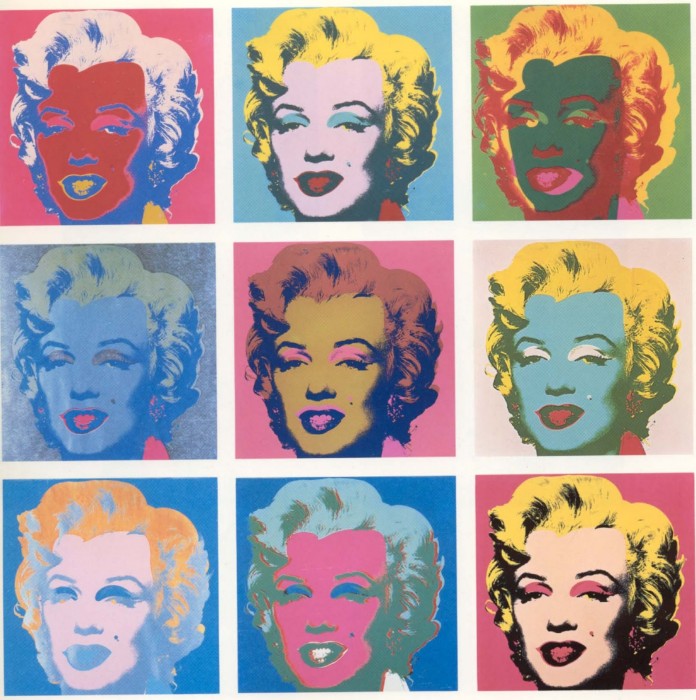This interpretation of the historical sensation of pop art is important because it reveals that pop art was far more than an artistic movement that was limited to artists and celebrities. The movement had socio-political implications that are still being realized today. In this regard, pop art could be considered more of a cultural movement or a social movement. The influence of pop art extends beyond the art world by influencing the business world and continually transforming culture into an ever greater artistic spectacle, desperately attempting to grapple with the apparent reality of capitalism. The essential significance of pop art is that economic and aesthetic considerations are not in opposition, as may have been the case in the traditional avante garde. Not all pop artists were enthusiastic about capitalism, however. Many used parody and irony in an attempt to subvert capitalism. But pop art changed the notion that art was segmented from the popular culture. In some sense, it sought to promote the good aspects of capitalism, and (hopefully) allows the negative aspects to fall away.
In what sense can pop art be thought of as a social movement over and above just an artistic movement? In the sense that is impacted people’s lives beyond the sphere of the art world. Pop art was the first movement to declare the reality that advertising and commercial endeavor were actually forms of art. With the advent of pop art, trends and fashions become subsumed into an all-encompassing phenomena that seeks to merge the whole cultural endeavor into a singular aesthetic style. If art were a form of advertising then all art would be trying to promote something or represent something, but this is not the function of art. Art does not necessarily represent anything or have any utility. Rather, advertising is one form of art which does promote a product for the purpose of building interest around it. The genres of marketing, advertising, branding became influenced by the pop art, and pop art had originally drawn influence from them! We can see pop art’s influence in the sleek minimalism of the Apple corporation’s branding, or the simplicity of the multi-colored font in the layout of the Google homepage. To the extent that people perceive this cultural information that surrounds us, they participate in pop art as a social movement, even if only as passive consumers. Pop art is imbued with the aura of good intention within the bleak reality of capitalism. It seems to be saying that the only way through the pervasive social problems that we face is to work things out within the constraints of the capitalist economic system. Because though capitalism may be unfair to the poor, it is democratically oriented, and thus offers the opportunity for everyone to express their view, find their place, and live a good life.
Compare this Apple iPod ad to Andy Warhol’s Marilyn Monroe series. Image courtesy of bumasscommsummer.blogspot.com.
Image courtesy of barnesprimaryschool.co.uk.

